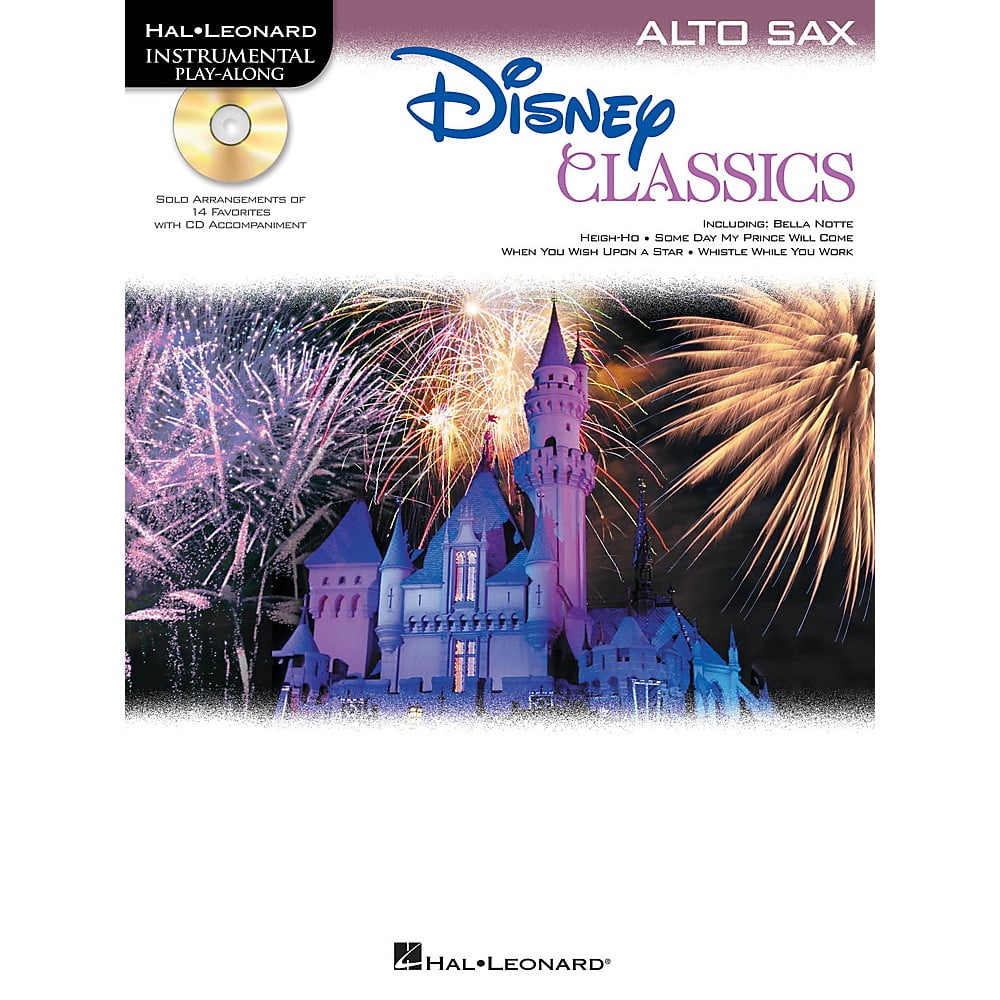

(See “Others’ Words” essay below.) It would be impossible to address every important issue related to Symphony No. The Ninth Symphony would be a catalyst for so many composers of orchestral works in the next century, and even be credited by Richard Wagner as a crucial stone in the foundation on which he built his music dramas. It has appealed to the widest variety of individuals because of the clear message of Friedrich Schiller’s “Ode to Joy” text (note: link includes entire Schiller text and English translation) which Beethoven used for the last movement, and because of the skill with which the great symphonic composer of the early nineteenth century-the “giant” as Johannes Brahms famously dubbed him, whose symphonic footsteps were always present-manipulated, formed, reformed, and gave dramatic life to, the materials of the art of music. Since its first performance in May 1824, its political, religious, cultural, and artistic traits and ramifications have resonated through the entire world like no other single musical work, and it continues to be called upon to symbolize human experiences and lofty ideas to this day. 125 “Choral” is among the most commented upon pieces of music in history. Sonata-allegro/Rondo/Theme & Variation/(Sonata cycle).īeethoven’s Symphony No.

Allegro assai vivace (mm=84)-Andante maestoso (mm=72)-Allegro energico, sempre ben marcato (mm=84)-Allegro ma non tanto (mm=120)-Poco Allegro, stringendo il tempo, sempre più Allegro-Prestissimo (mm=132). Scherzo/Trio (ternary), with the scherzo section a Sonata-Allegro form. Allegro ma non troppo, un poco maestoso (MM=88). Orchestra size for first or early performance: 12+12.10.12.12/double winds/80-100 in chorus.Īutograph Score: Staatsbibliothek, Berlin (incomplete).įirst published parts: 1826, Schott, Mainz.įirst published score: 1826, Schott, Mainz. 2 Fl, 2 Ob, 2 Cl, 2 Bsn, CBsn IV, 4 Hn, 2 Tr, ATBTbn II, IV, Timp, Tri IV/Cym IV/BD IV, SATB Solo IV, SATB Chorus IV.įirst performance:, Kärtnerthor Theater, Vienna. Instrumentation ( II, IV=mvts in which they play): Strings, Pic IV. 1814-15, or 1819.ĭedication: King Friedrich Wilhelm III of Prussia.


 0 kommentar(er)
0 kommentar(er)
